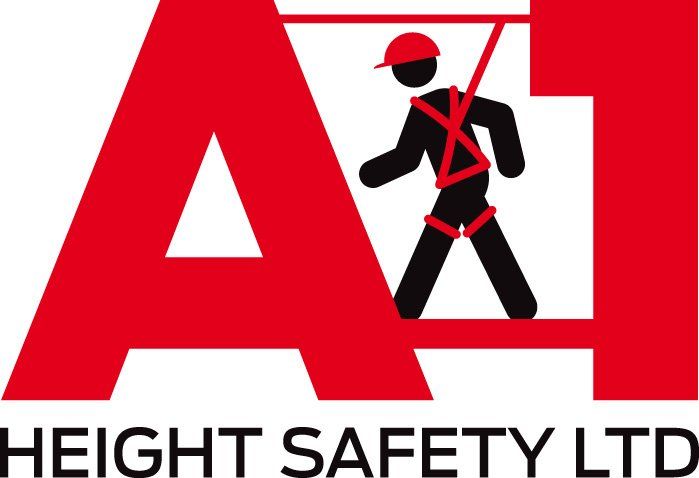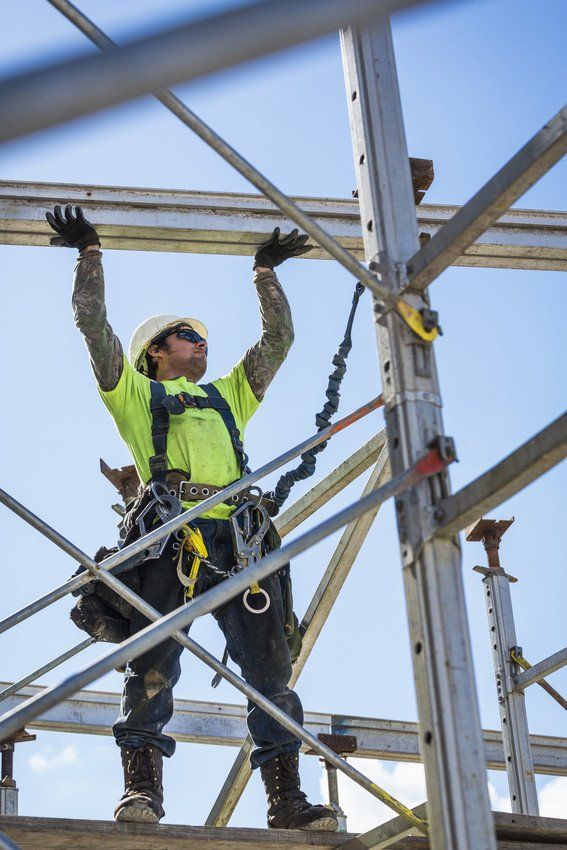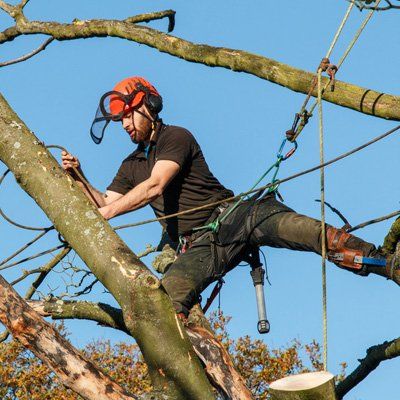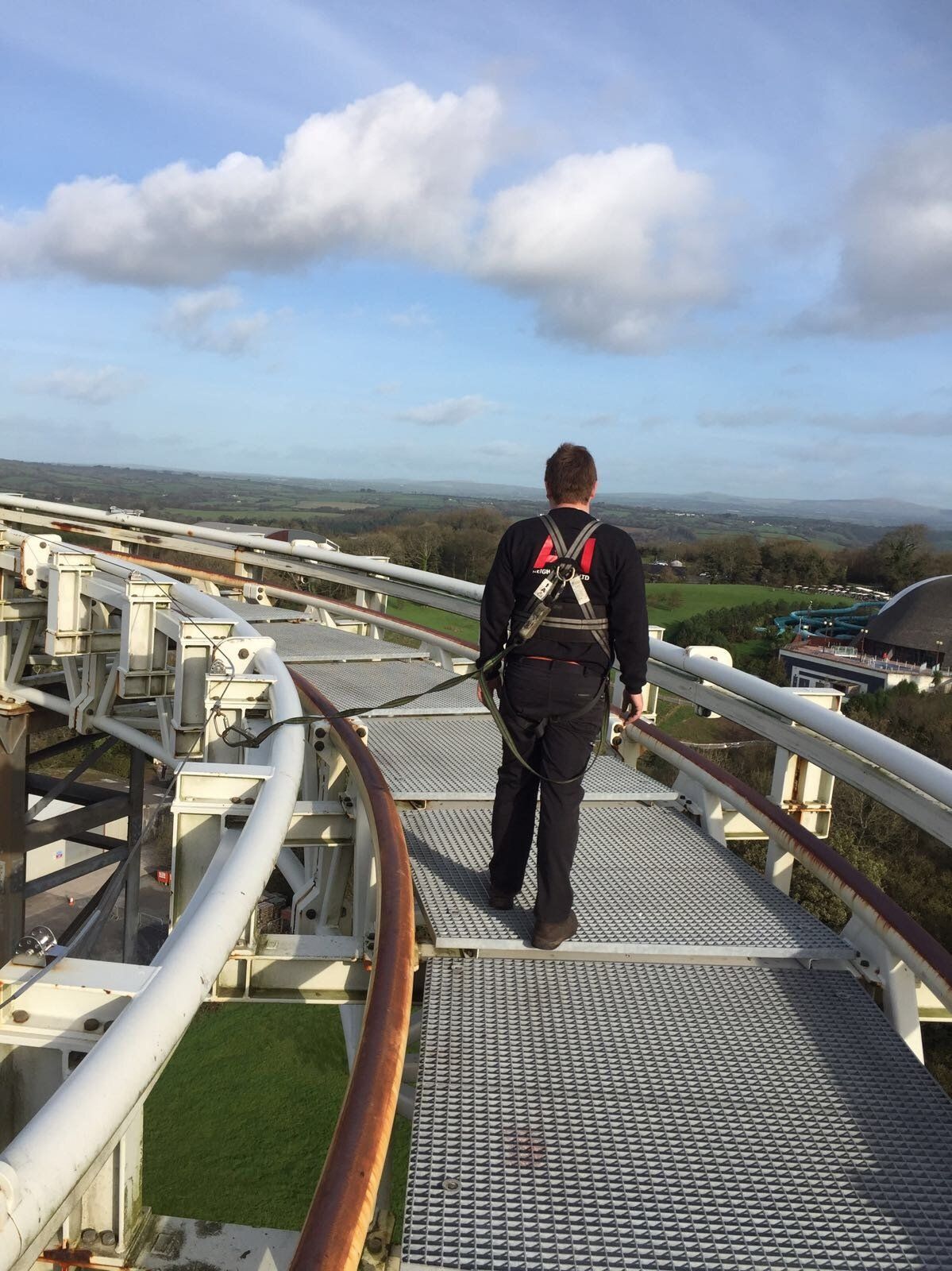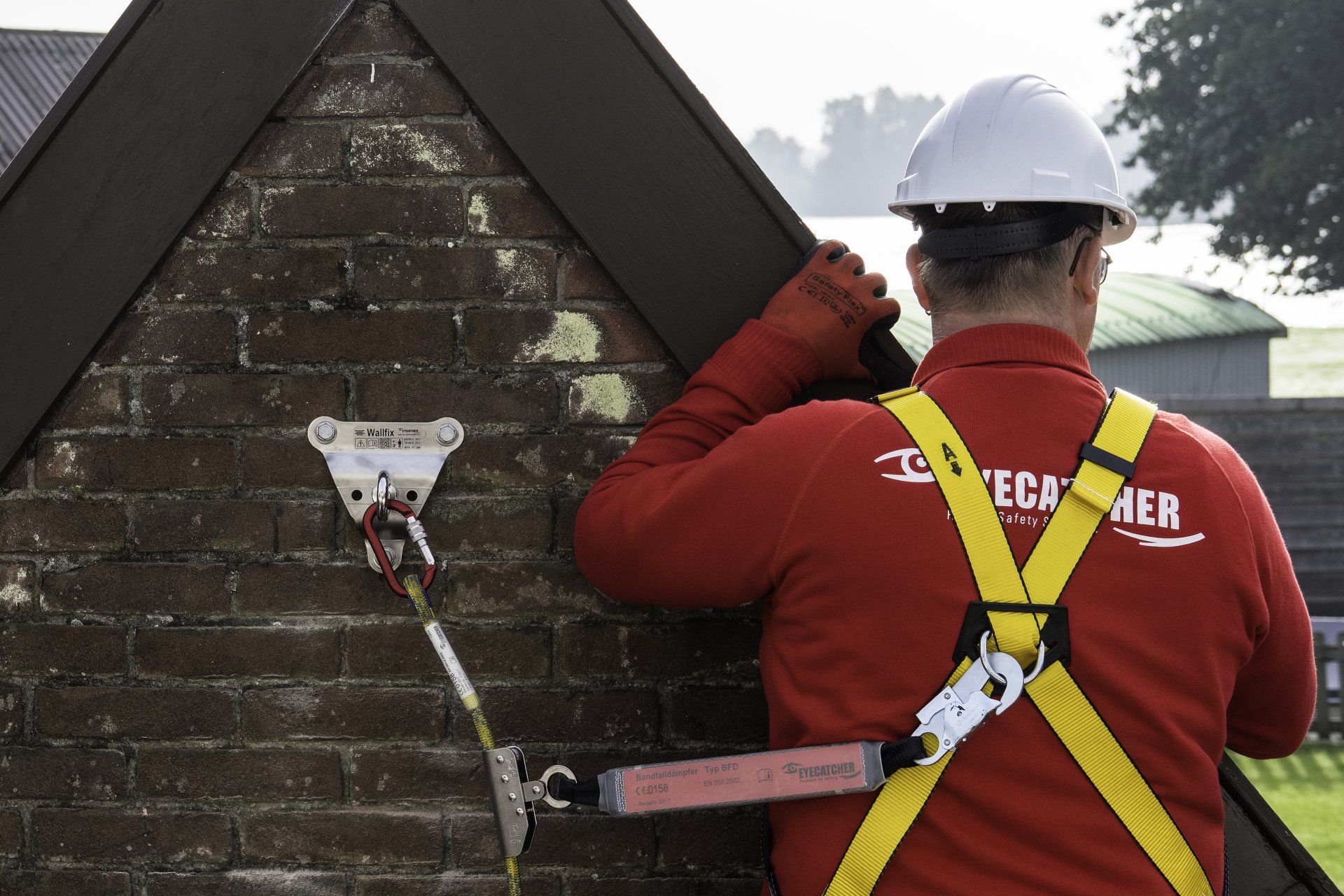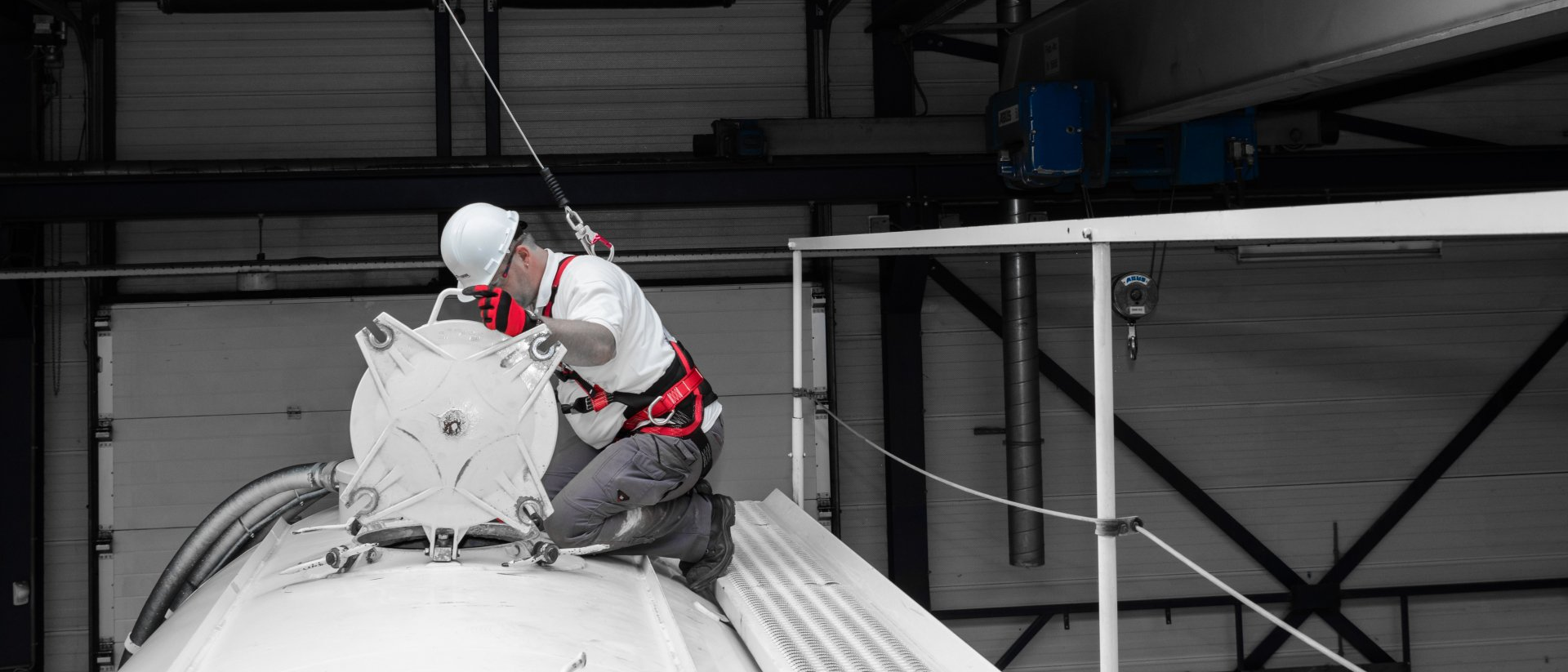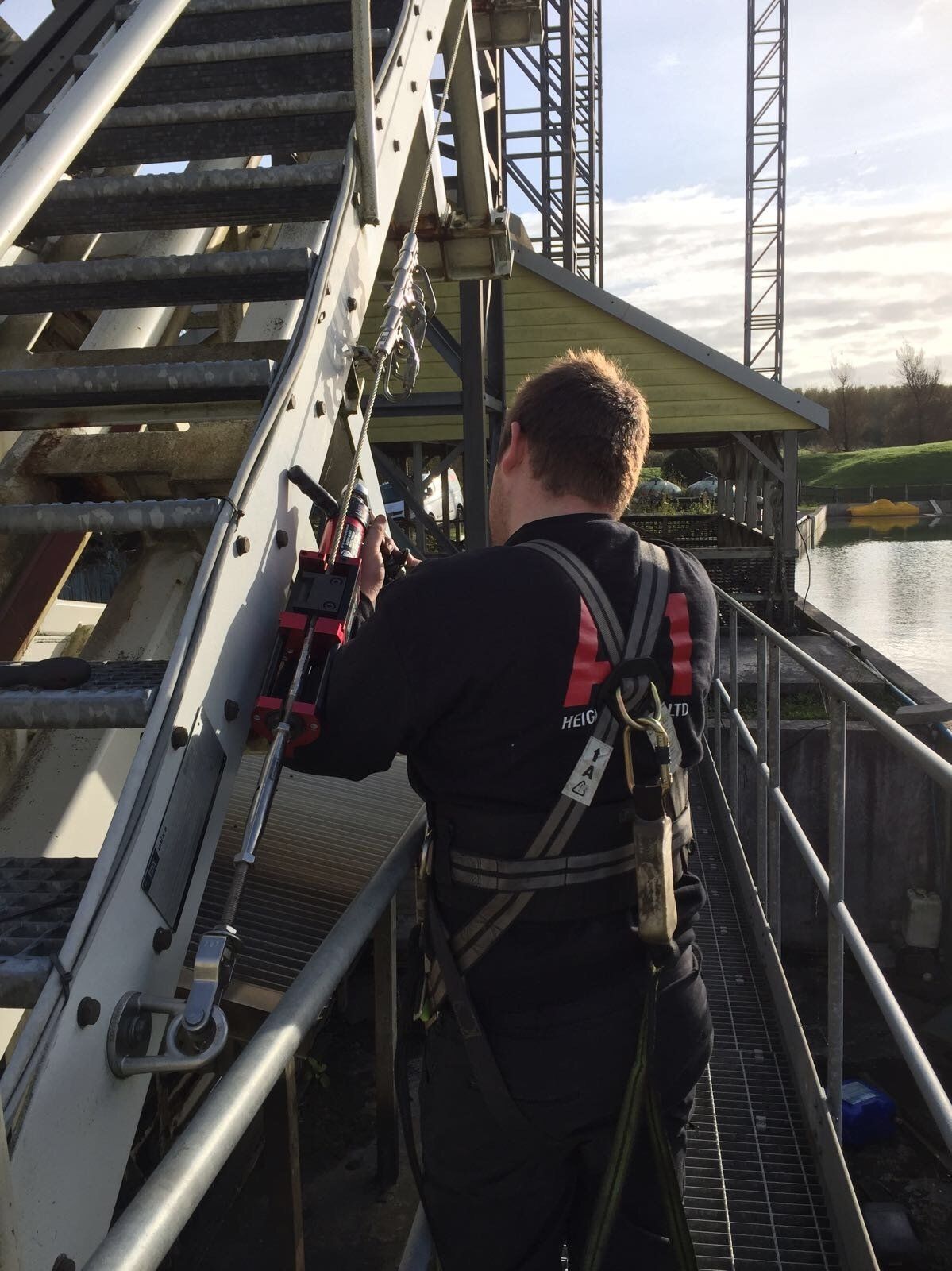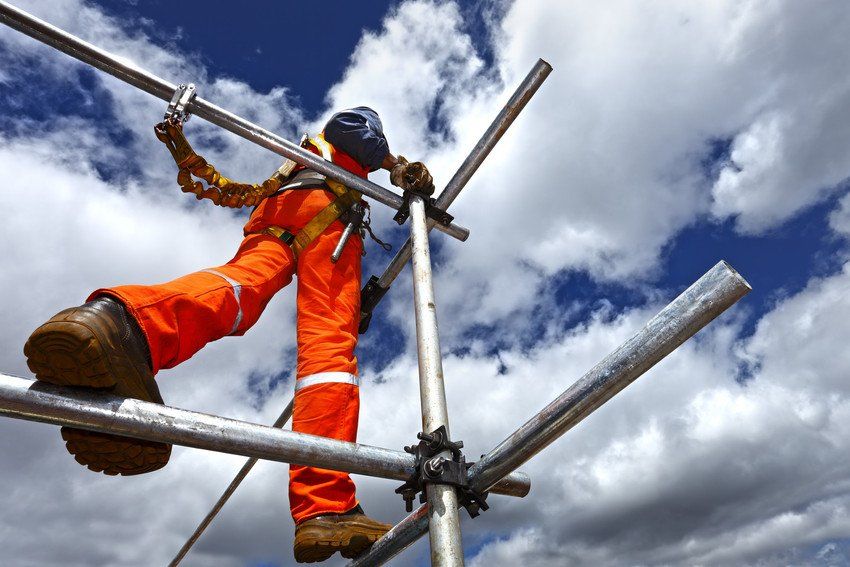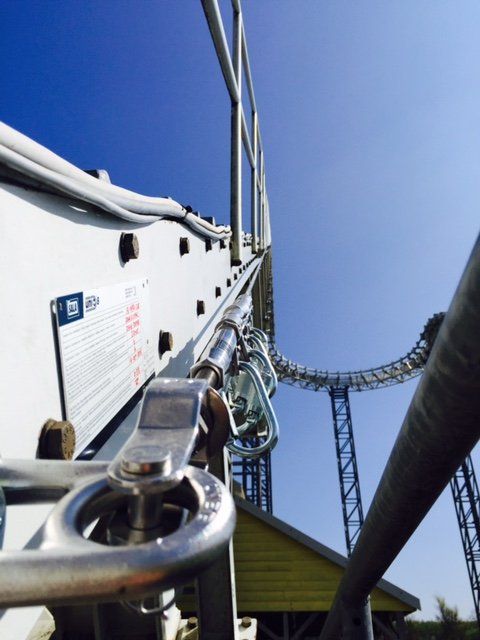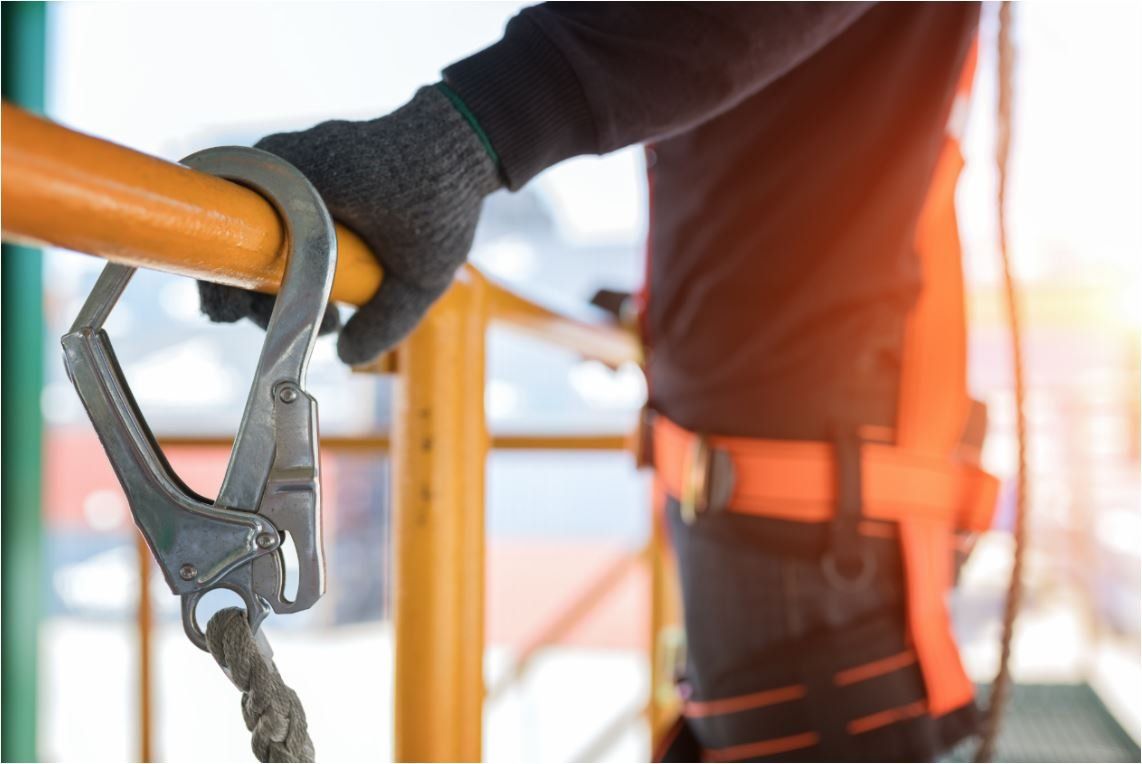GET A FREE QUOTE TODAY - CALL US ON: 01446 738 897
Blog Layout
Height Safety: The Do’s and Don’ts of Working at Height
A1 Height Safety Ltd • May 12, 2020
If you work in the building or construction industry then you’ll be aware that there are many important health and safety regulations to follow. While health and safety is vital for any workplace, the nature of these jobs mean that there is often a greater opportunity for accident or injury, thanks to elements such as working at height, operating heavy machinery or working on unstable ground.
There are many trades which involve working at height, from scaffolders to window cleaners, electricians, steeplejacks, mechanical engineers, roofers and many more. All employers in these industries have a responsibility to keep their employees safe, including implementing the correct health and safety training and ensuring that all workers have the right protective equipment. As you might imagine, working at height can be particularly dangerous, but it doesn’t have to be as long as the right safety measures are in place.
There are also many legal requirements in place for working at height, and these ‘do’s and don’ts’ are essential if you want to keep employees safe and avoid accidents in the workplace. With this in mind, if you work for or run a company which involves work at height, read on for our comprehensive safety guide.
Why is height safety so important?
Working at height is one of the biggest causes of major injuries and fatalities, so it’s vital to adhere to the correct height safety guidelines. ‘Working at height’ is defined as any situation where a person could fall such a distance as to injure themselves, if there were no safety precautions in place.
Height safety is important to protect your employees first and foremost, but it’s also important for your business. The Health and Safety Executive (HSE) is the government agency responsible for enforcing Health and Safety Regulations, and your business can be fined if you’re found to be in breach of any of these rules. A breach of health and safety can cost your business a lot, both financially and in terms of damage to your reputation, so it’s important to adhere to the regulations.
The Working at Height Regulations
(2005) applies to anyone who works at height and it contains rules and regulations that all employers and businesses must follow. We will run through some of the most common do’s and don’ts for working at height in more detail below.
Do’s and don’ts
There are several things to consider before commencing any work at height, and businesses are asked to stick to work on the ground where possible. However, there are many situations and tasks where working at height is unavoidable, so read on to find out how to protect your employees.
DO as much work as possible from the ground
Employers or supervisors should assess each job before it begins and do as much work as possible from the ground. Where this is not possible, measures should be put in place to ensure that workers can move safely to and from the area at height.
DON’T overload ladders or your working space
Ladders can be fragile, so consider the weight of any equipment or materials your workers will be carrying before work begins. You should also avoid using ladders for strenuous work or tasks that will take a considerable length of time - keep ladders for light work of a short duration (up to 30 mins).
Ensure that any equipment or products are loaded carefully and in a safe, correct order to your workspace and don’t exceed any weight restrictions for working platforms or scaffolding. Workers should also avoid overreaching on a ladder; hands and feet should keep contact on at least three points at all times to reduce the chances of a fall occurring.
DO ensure all employees have the right protective gear
Personal protective equipment (PPE) is a vital part of working safely at height and employers must ensure that all workers have access to the right PPE. Typical PPE for working at height includes harnesses, work restraint systems, hard hats and horizontal lifelines (made up of lanyards, anchors and hooks).
Suitable equipment and PPE should be determined after a risk assessment has been carried out; this will ensure that you get the maximum protection for each particular job. You’ll also need to ensure that all equipment is used according to the manufacturer’s instructions and that it complies with the most recent British or European standards.
PPE falls into several different categories, including work positioning PPE (consisting of a waist belt/harness, connecting element, hook and anchorage), fall arrest systems
(a fall arrest harness, lanyard with energy absorber, hook and anchor) and restraint PPE (a harness, rope, hook and anchorage). It’s important to ensure that each of these height safety systems work well in conjunction with each other and don’t interfere with the safety of each individual system. A good system will ensure a worker is protected from falls which may occur, ensure workers are supported and suspended when carrying out tasks that require both hands, and safely arrested in the event of a fall occurring.
Protective clothing should also be worn, including high-visibility vests or jackets, helmets or hard hats, footwear with adequate grip support and protective gloves and eyewear where appropriate. Workers at height should also avoid wearing clothing which is too loose to reduce the chances of snagging and pockets should be closed with fasteners to prevent items from falling out.
DON’T let anyone untrained work at height
Never let anyone untrained, inexperienced or incompetent carry out any work at height, for both their own safety and that of your other employees. You should ensure that all staff have the knowledge, experience and equipment they need before working at height, and consider implementing regular training sessions to refresh everyone's knowledge.
DO be aware of weather conditions
Poor weather conditions can make working at height more dangerous, so assess the weather each day and consider pausing work at height if the conditions are particularly wet, windy or icy. You may also need different PPE depending on the weather, such as waterproof outer layers with a hood or boots with extra grip.
DO consider emergency situations
Every company should have a backup plan in case of emergency, and all employees should be aware of emergency evacuation and safety procedures. This includes steps such as agreeing a set procedure for evacuation, the location of first aid kits or fire safety equipment and ensuring that all employees know how to respond to a variety of emergency situations.
DO inspect equipment regularly
All equipment used for working at height should be inspected regularly (at least once at the start of each working day) to ensure that it’s fit for use before you begin. Areas of work should also be checked each morning to ensure that platforms are stable and free of slip hazards like ice or frost.
Equipment should be maintained to a high standard and any work equipment or PPE should be replaced as soon as it falls below standard.
Height Safety Systems of the Highest Quality from A1 Height Safety
If you’re looking for professional, high quality height safety systems for your next project, get in touch with the experts at A1 Height Safety. We specialise in the installation of height safety equipment, including flat roof safety lines, horizontal and vertical safety systems, and engineered fall protection systems.
We’re proud to offer a full range of protective equipment alongside fully compliant, practical solutions for structures of all types, across a range of industries. All of our products are of a high industry standard and we have everything you need, from harnesses to lanyards, fall arresters, self-retracting lifelines, engineered systems and more. For more information about any of our products or height safety systems, give us a call today to discuss your requirements, or visit our website.
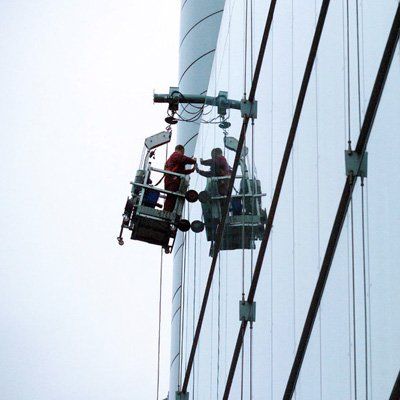
By A1 Height Safety Ltd
•
June 17, 2021
Health and safety is vital in any workplace, but particularly if the work carries greater risks. Working on a roof can be very hazardous as it involves working at height and falls from roofs account for 24% of all construction falls. It’s essential that the right precautions and equipment are in place for anyone working on a roof, even if the job is relatively short. Employers also have a responsibility to comply with the Work at Height Regulations 2005, so see below for some top tips for working safely on a roof. Ensure safe access Roof safety starts with ensuring safe access for any employees working on the roof. Access methods should always be planned in advance in line with the Work at Height Regulations 2005. Common methods to access roofs include scaffold towers, mobile access platforms, stair towers, ladders and roof access hatches. Any access equipment should always be inspected before use to ensure that it’s safe. Beware of fragile surfaces A roof might look strong and sturdy but it’s impossible to tell its weight bearing capacities by sight alone. Sheet roofs can be particularly vulnerable so always take extra precautions when working on this fragile surface. Workers should also take extra care to look out for roof lights as these can be a particular hazard. If any are identified, always ensure they are blocked off or clearly marked. Have the right PPE The right personal protective equipment (PPE) is essential for anyone working on a roof. This includes fall restraint or fall arrest systems, protective footwear, safety helmets, high visibility clothing and safety goggles. PPE for each individual should always be combined with more general protective equipment, such as guard rails and safety nets. Proper training It’s vital to ensure that anyone working on a roof is fully trained and competent to do so. This includes proper training in the installation and use of safety measures and knowledge of the risks associated with working at height. All employees should be aware of how to keep themselves safe and how to reduce the risk to others. If you’re looking for the highest quality height safety equipment, get in touch with the team at A1 Height Safety . We’re proud to provide a range of equipment to keep employees safe when working on a roof, including height wire systems, fall arrest systems, harness anchor points and much more. All of our employees are fully trained and we have all the expertise and knowledge necessary to ensure your business stays safe and fully compliant. For more information about our fall protection equipment or training, give us a call today on 01446 738 897 or contact us online.
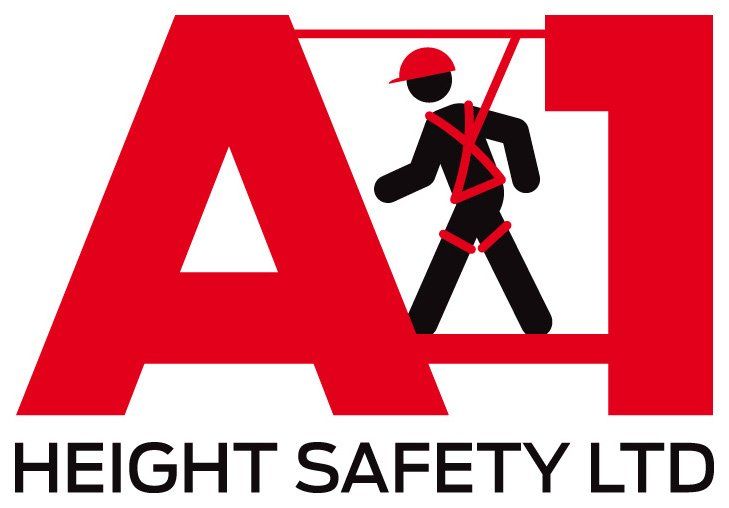
For further info on the height safety equipment we supply, please either call us on 01446 738 897, or email us on info@a1hs.co.uk
or use the form below to contact us and we will get back to you.
Contact Us
Thank you for contacting us.
We will get back to you as soon as possible
We will get back to you as soon as possible
Oops, there was an error sending your query.
Please try again later
Email Us
Share
Tweet
Share
Mail
A1 Height Safety
Unit 7 Atlantic Point, Atlantic Trading Estate, Barry,
CF63 3AA
Unit 7 Atlantic Point, Atlantic Trading Estate, Barry,
CF63 3AA
© 2025. The content on this website is owned by us and our licensors. Do not copy any content (including images) without our consent.
